Series Building on Young Children's Mathematical Thinking : Build & Describe
Math.K.G.A.1
Common core State Standards
- Math: Math
- K: Kindergarten
- G: Geometry
- A: Identify and describe shapes
-
1:
Describe objects in the environment using names of shapes, and describe the relative positions of these objects using terms such as above, below, beside, in front of, behind, and next to.
Save to My Resources
PLEASE CREATE A NEW ACCOUNT OR LOG IN TO ACCESS THIS CONTENT
Enjoy your first video for free. Subscribe for unlimited access.
Have questions about subscribing?
Click Here to learn more about individual subscriptions.
Click Here to learn more about School and Institution access.
Discussion and Supporting Materials
Thought starters
- How does this strategy help students build their vocabulary?
- What do students learn from being both the lead builder and the builders who follow the directions?
- How did Ms. Krogmann take advantage of a teachable moment?
In Partnership With:

Teachers
Allyson Krogmann Jordan
Newest
|
4 MIN
|
5 MIN
|
5 MIN
UNCUT CLASSROOMS
| TCHERS' VOICE
English Language Arts
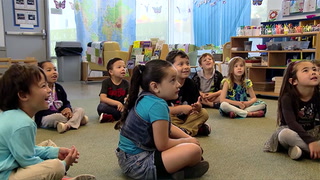

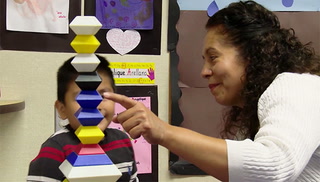
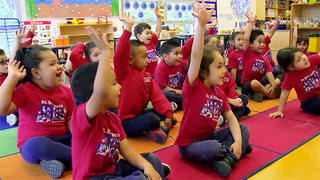

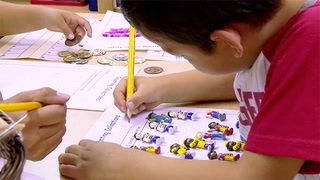
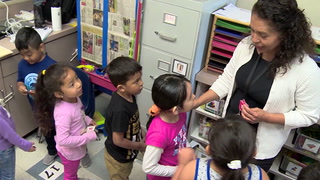
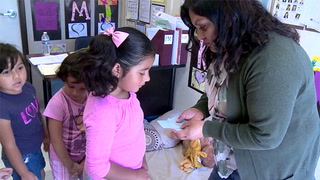
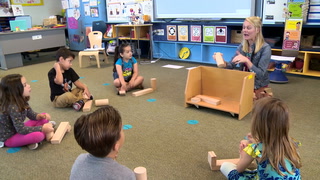


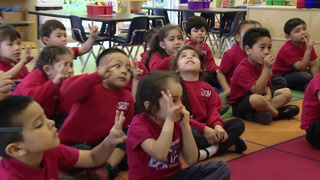









6 Comments
Avery Baird May 16, 2020 1:47pm
This is a great way to get the student to use their mathematical skills as well as communication skills when describing what they built and how. I also like how each student is challenged to build the leader's structure. The teacher asking questions to the students when they do not complete the structure correctly is a great way to get them thinking on what words they could have used to better describe the structure. Not only did this lesson have vocabulary challenges, it also had geometry challenges that the students didn't even realize they were doing which is a great teaching moment.
Miranda Garcia Feb 12, 2020 9:09am
This strategy helped to build the students vocabulary by increasing the use of prepositions in order to describe their building structure.
As the students are the lead builder they have to use descriptive languge in order for the other students to replicte the structure correctly. The builders that are following are working on their receptive languge as well as asking questions.
Ms. Krogmann takes advntage of a teachable moment by teaching the students to describe the position of the rectangular block. She agrees with the student it is on the square block but adds that is is also touching the floor, so it is laying diagonal.
Cade Patterson Aug 24, 2019 5:46pm
This is a great way to get to widen their vocabulary. As she is building the students are able to question what direction or orientation the blocks lay. It is also a great activity to not only work on the student’s vocabulary as they are describing what they are making to their classmates. This works on communication skills and makes the students think about what they are describing. This is a great activity and would be fun to use!
Carolina Sovilay Mar 23, 2019 5:48pm
I am always looking for activities that build vocabulary, and this is a good activity for students to be able to describe and ask questions. There is a very similar product called Mental Blox that I have, and I used this to teach math geometry three-dimensional solid vocabulary. It includes picture cards and 3D solids, which I used in small group with three-four students because it is one set.
Mary Brewer Mar 17, 2019 11:19pm
I really like this activitiy and I am wondering if I could do this whole class (with 20 students) with smaller objects. I like that the students use specific vocabulary and can look at neighbors to decide is each of them is doing the "right" thing. It a good way to do some assessment, namely finding out how students are thinking, how they use their words, if they can support their statements.